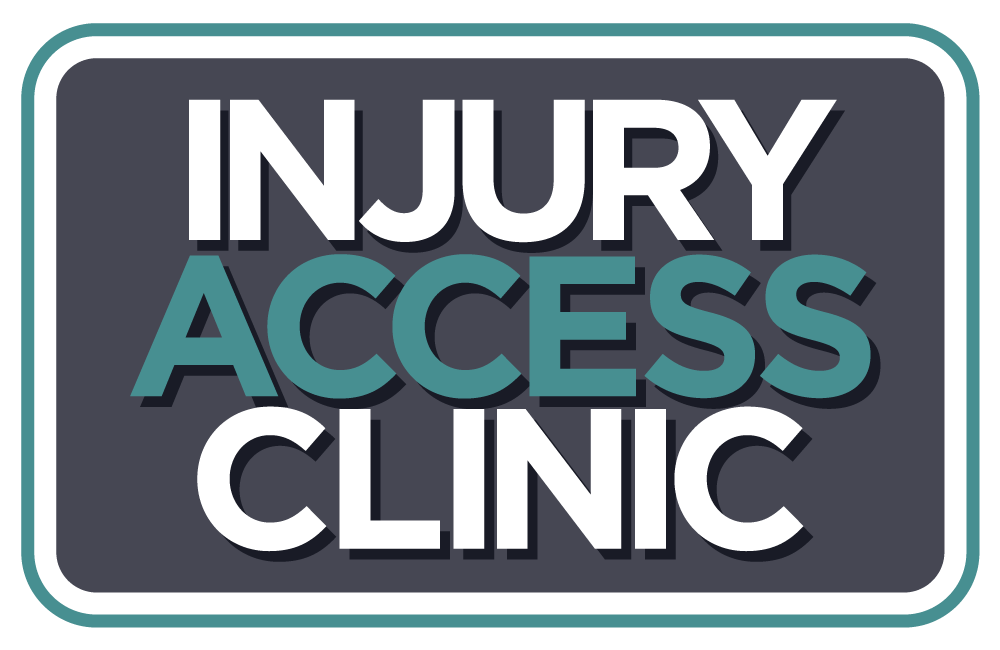FAST, EXPERT CARE WHEN YOU NEED IT
We offer our Injury Access Clinic at our Main Office Monday through Thursday, 8:00 a.m. – 4:30 p.m., and on Friday, 8:00 a.m. – 4:00 p.m.
We offer our Injury Access Clinic at our Main Office Monday through Thursday, 8:00 a.m. – 4:30 p.m., and on Friday, 8:00 a.m. – 4:00 p.m.

Health Articles
Health Articles
Each of the following health articles was authored by one of our expert orthopedic doctors at Orthopedic Associates. Please use the Learn More button to read the article in full.
Anesthesia (Overview)
Anesthesia is the use of medications to block the pain of a medical procedure. The medications that block this pain are called anesthetics. Different forms of anesthesia are used to prepare patients for different types of procedures.
Anesthesia (Local)
Local anesthesia makes a part of the body numb to prevent a patient from feeling pain during a medical procedure. Local anesthesia is commonly used for many minor outpatient surgeries.
Anesthesia (Monitored Anesthesia Care, MAC)
Monitored anesthesia care is a type of anesthesia that makes the patient feel very relaxed. It reduces painful sensations and the awareness of pain. It is not intended to put the patient to sleep, and will wear off quickly after a procedure.
Lateral Epicondylitis (Tennis Elbow)
This condition, commonly called tennis elbow, is an inflammation of the tendons that connect the muscles of the forearm to the elbow. The pain is primarily felt at the lateral epicondyle, the bony bump on the outer side of the elbow.
Radial Tunnel Syndrome (Entrapment of the Radial Nerve)
This condition involves the radial nerve in your elbow. The radial nerve passes down your arm to your hand. Its branches travel into your thumb, forefinger and middle finger.
MRI (Magnetic Resonance Imaging)
This scan lets doctors see inside your body without using radiation. Instead, MRIs use magnets and radio waves. An MRI shows clear views of your soft tissues. It can show cancer and other problems.
Anesthesia (General)
General anesthesia makes a person unconscious. People call this “put under” or “put to sleep.” But it isn’t the same as regular sleep. A person given general anesthesia cannot feel pain.
Osteomyelitis
If you have an infection in a bone, you have osteomyelitis. It's a serious condition that can cause part of your bone to die. And, the infection can spread to other parts of your body.
Medial Ulnar Collateral Ligament Reconstruction (Tommy John Surgery)
This procedure is designed to repair a torn elbow ligament - an injury typically caused by strong, repetitive overhead throwing motions of the arm or by dislocation of the elbow. It was first performed in 1974 on baseball pitcher Tommy John.
Anesthesia (Conscious Sedation)
Conscious sedation is a type of anesthesia that makes the patient feel very relaxed. It reduces painful sensations and the awareness of pain. It is not intended to put the patient to sleep, and will wear off quickly after a procedure.
Triceps Tendonitis
This is an inflammation of a tendon at the back of your elbow. It's called the "triceps" tendon. It anchors your upper arm's triceps muscle to the ulna (one of the bones of your forearm).
Medial Epicondylitis (Golfer's Elbow)
This condition, commonly called golfer's elbow, is an inflammation of the tendons that connect the muscles of the forearm to the elbow. The pain is primarily felt at the medial epicondyle, the bony bump on the inner side of the elbow.
Overuse Injuries of the Elbow
If you are an athlete, or if you work with your arms and hands, your elbows may be at risk for an overuse injury. This is an injury caused by repetitive motions.
Hyperextension Injury of the Elbow
This injury occurs when the elbow is bent backwards beyond its normal range of motion, causing damage to the ligaments, bones and structures of the elbow. Hyperextension of the elbow can cause dislocation or fractures.
Cubital Tunnel Syndrome
This condition is a compression injury to the ulnar nerve near the elbow. This is the nerve that produces a jolt when you bump your "funny bone."
Medial Ulnar Collateral Ligament Injury
This condition is an injury to the medial ulnar collateral ligament, a ligament composed of three bands located on the inner side of the elbow. The MUCL connects the humerus to the ulna.
Inflammation of the Biceps Tendon at the Elbow
This condition is an inflammation of a part of the tendon that connects the biceps muscle to the radius bone at the elbow.
Medial Apophysitis
This condition, also known as Little League elbow, is an injury to the medial epicondyle growth plate. It causes pain in the elbow, and may cause swelling. This condition is most common in young baseball pitchers.
Absorbable Antibiotic Bead Treatment for Osteomyelitis
If you have an infected bone, your doctor may treat it with medicated beads. These are placed into the bone to send medicine directly into the infection. And that's helpful, because your bone may not have good blood flow.
Elbow Bursitis
This is a swelling of a fluid-filled sac in the back of your elbow. This sac is called the "olecranon bursa." You have similar sacs near other large joints throughout your body. They act as cushions between your bones and your soft tissues.
